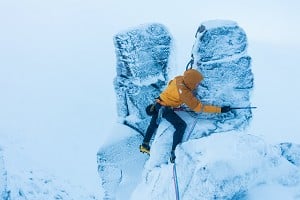
This season Rab have completely revamped their Latok shells. Now featuring Gore-Tex Pro fabric, the range includes three options: the more walking-oriented Latok Mountain; the Latok Extreme, a burly jacket for full-on winter ming and climbing abuse; and the Latok Alpine, a lighter and simpler climbing shell that would be well suited to summer Alpine as well as Scottish use.
Here we're looking at the Latok Alpine.
For no holds barred winter battles - mixed climbing or the worst of Scotland's weather for instance - you'll probably want something fortress-like, and in the Rab range that's where the Latok Extreme comes in. But we don't always need a weightier, thicker shell, and there'll be times and uses for which something lighter and potentially more breathable is preferable.
Enter the Latok Alpine. This jacket is well suited to winter hillwalking and mountaineering days, and I can see it being an excellent weight-saving choice for spring ice climbing on The Ben, or summer Alpine fun. Light and breathable enough for year-round use, it'd be a decent all-rounder if you wanted a single jacket to do you for everything (bar running or minimalist summer backpacking). But having subjected it to some fairly hostile Scottish winter conditions, I can say categorically that this is a lot more than a skimpy fair weather shell.
Latok Alpine
Pros:
Light, functional, and very breathable
Cons:
I'm not sold on the hood design, with or without a helmet. For winter climbing abuse, tougher shells are available (for instance the Latok Extreme). No Gore Pro shells come cheap, and this is no exception
Weight
I don't think winter mountain-worthy Gore-Tex Pro shells tend to be known for lightness, but its relatively low weight is one of the Latok Alpine's strongest suits. At just 453g for my size M jacket this is very much a midweight shell, something light and packable that has obvious appeal to any climber or mountaineer keen to reduce their load. But it's not flimsy with it, and for that modest weight you get a pretty tough and protective jacket all things considered.
Fit
Technical mountain clothing for women often comes in a more limited range of options than men's equivalents, but we all know women who are every bit as hardcore as their male counterparts. While it's good to see Rab offer the Latok Alpine and Latok Mountain in both men's and women's fit it is perhaps a shame that the beefier Latok Extreme is men's only.
I tend to be a size L in Rab clothing, but since this wasn't available at the time we needed it I ended up with a Medium Latok Alpine for review. At 183cm tall, and not skinny, I've been surprised how well I've got on with it, and with three full sizes above mine I can only imagine that the XL and XXL must be pretty cavernous.
For its size this seems to be a roomy jacket, and on me the Medium is cut generously enough that I can accommodate several under-layers without feeling restricted. If it's a tad shorter in the hem than I'd ideally prefer in a winter mountain shell, that's probably because I'm pushing the upper limit of size M; it still more or less comes below the waist on me, with a drop rear that covers most of the bum, helping to keep the elements out.
Even in my borderline fit the sleeve length is sufficient, so we can probably conclude that arm length is on the generous side across the size range. There's a differential cut in the cuff that covers the backs of the hands well, and while I could have done with a fraction more room around the wrist to make it easier to fit over bulkier gloves, it's do-able as is. The simple hook and loop tabs give a very neat seal when you tighten the wrist.
Vital for a successful climbing shell is to avoid any hem lift when your arms are raised, since this can expose the midriff and often means that the jacket pulls up out of a harness. Thanks to the tailoring in the sleeves, that's not an issue I've had in the Latok Alpine.
Hood
On a climbing shell the hood fit is another key consideration. Unfortunately, on me, the Latok Alpine's hood doesn't work that well with a helmet; if the main zip is fully fastened I find head movement is restricted, and when looking up the collar pulls uncomfortably tight over the chin (granted I've not exactly got a small one of those). Presumably there'd be a bit more hood room in a size L shell, so it's possible I'd have got on better with that. Fit depending, others may find it fine, and it's always worth trying a jacket yourself with a helmet before buying.
With its three points of adjustment the hood cinches down snugly onto a helmet-free head, forming a pretty weather-tight seal. I love the concealed cord locks in the seam, which are neater and easier to use than external toggles (no expensive shell should ever use those nowadays). A particularly neat feature, and one I've not seen before, is that after you tighten the rim the spare tails of elastic can be retracted via a rear cord-lock, so you're not left with danglers that want to whip you in the eye when it's gusty.
The brim has a bit of shaping to help it stand up to wind, and an oversized peak to keep the weather out of your eyes. This works well with the added structure of a helmet beneath, but does tend to droop obtrusively over the top of your field of vision when going helmet-free. Overall, particularly considering the price tag, I'm not much convinced by the hood. I do like the height of the collar though, and when the hood is down you still get plenty of neck and lower face coverage.
Fabric
Here Rab have gone for 3-layer Gore-Tex Pro Most Breathable fabric. As the name suggests, this is the most breathable version of the Gore Pro family, with an RET rating of <6. It's worth comparing this with other Gore products, such as Gore-Tex Active (RET <4), and Gore Pro Most Rugged (RET <9). According to the definition of this test standard, an RET of 0-6 is 'extremely breathable' (comfortable worn at a higher activity rate), and having used this shell in a variety of conditions I'd say that sounds fair. I've yet to notice feeling damp and sweaty inside even when working hard on the uphills. By the standards of a protective mountain shell, this essential element of the performance really is top notch.
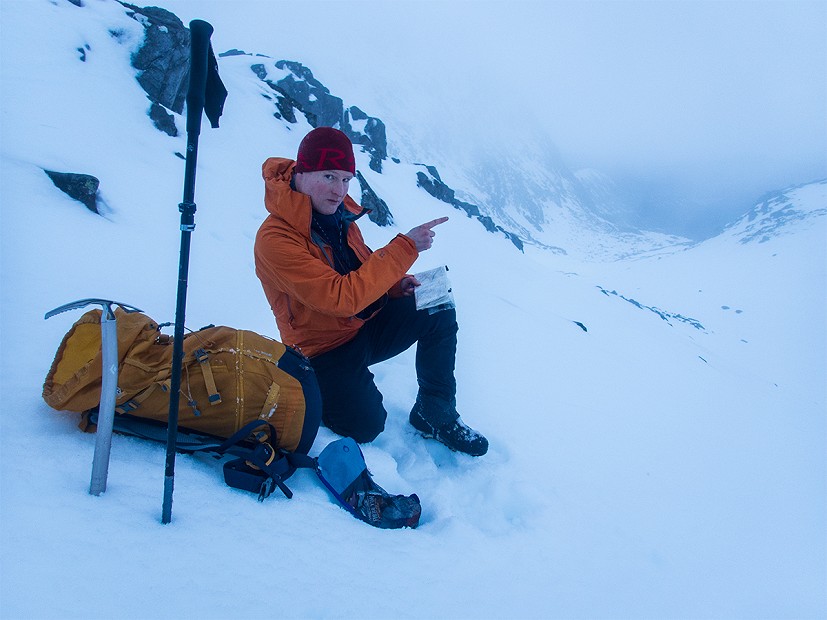
Its 40D fabric may not be as chunky as the 80D used on the Latok Extreme, while 'Most Breathable' clearly doesn't prioritise durability to quite the extent as the 'Most Rugged' version of Pro often used in climbing shells, but that is not to say the Latok Alpine needs careful handling. For a lighter winter shell it feels impressively tough, and if I wouldn't pick it for a day of grovelling in granite chimneys I'd certainly have no qualms about wearing the Latok Alpine for ice climbing or mountaineering. The fabric also has enough heft not to flap about in high wind in the way thinner shells often do, and this helps you feel that bit warmer and better protected inside.
Boasting a hydrostatic head of a whopping 28,000mm, you can be confident nothing's getting in through it - something I've tested to the full in wind-driven highland downpours. It's good to know, too, that the face fabric is 100% recycled.
Features
While some people like lots of pockets in a shell, the Latok Alpine is a jacket that shares my less is more preference. With waterproof YKK zips, the two external harness-compatible Napoleon pockets are big enough for gloves or a map, and one features a loop to fix your compass to. Inside you get a zipped mesh phone pocket (handy if your midlayer doesn't have one) and a stretchy dump pocket. Unfortunately the latter is on the small side to comfortably stuff in a pair of bulky insulated gloves.
The main zip is the usual chunky and bombproof YKK Vislon, and this one features a double zipper (useful for accessing under layers), a popper (good to help keep things sealed up) and an internal storm flap (essential). For extra venting there are two-way pit zips; as usual these are a bit of a struggle to access under rucksack straps, but I do find myself using them a fair bit while walking. You also get hem drawcords with nice big glove-friendly toggles.




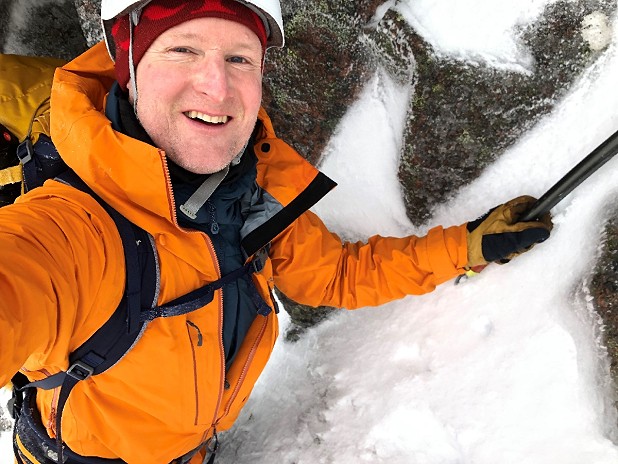
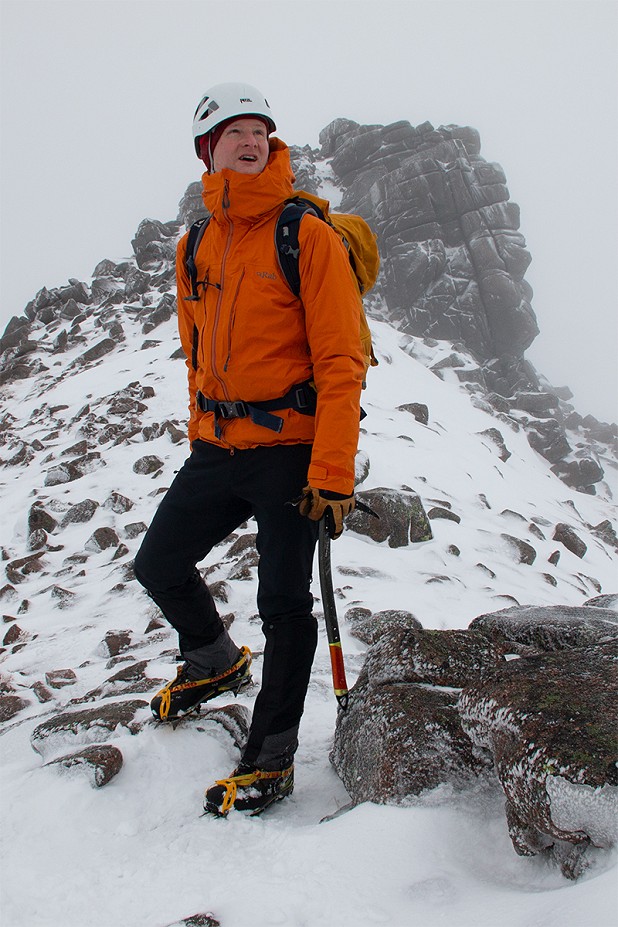
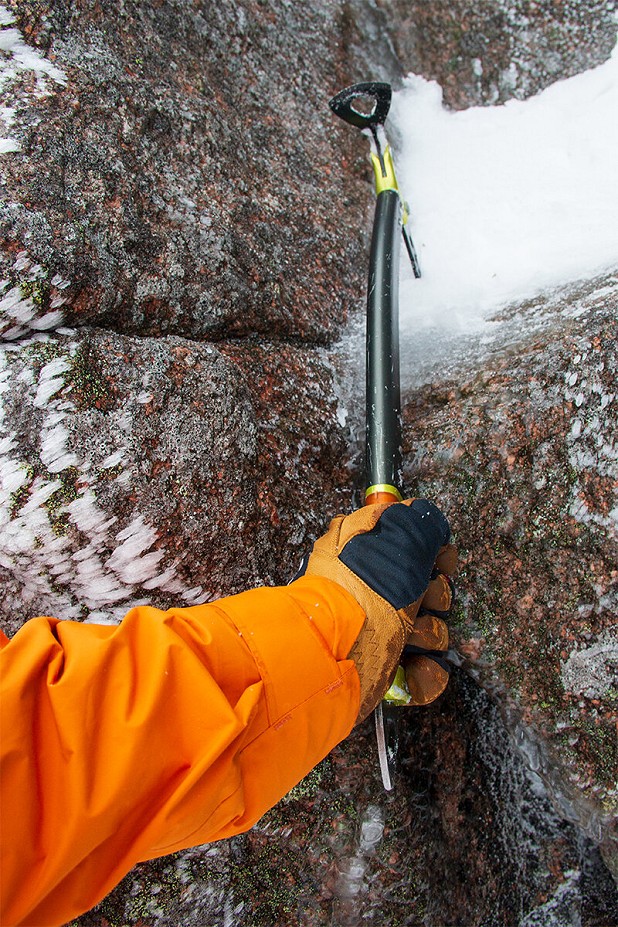
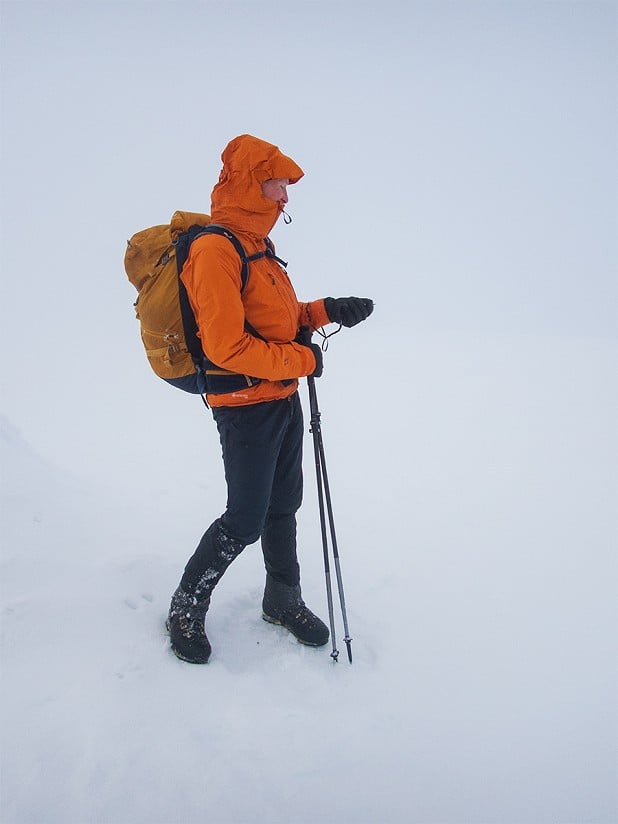
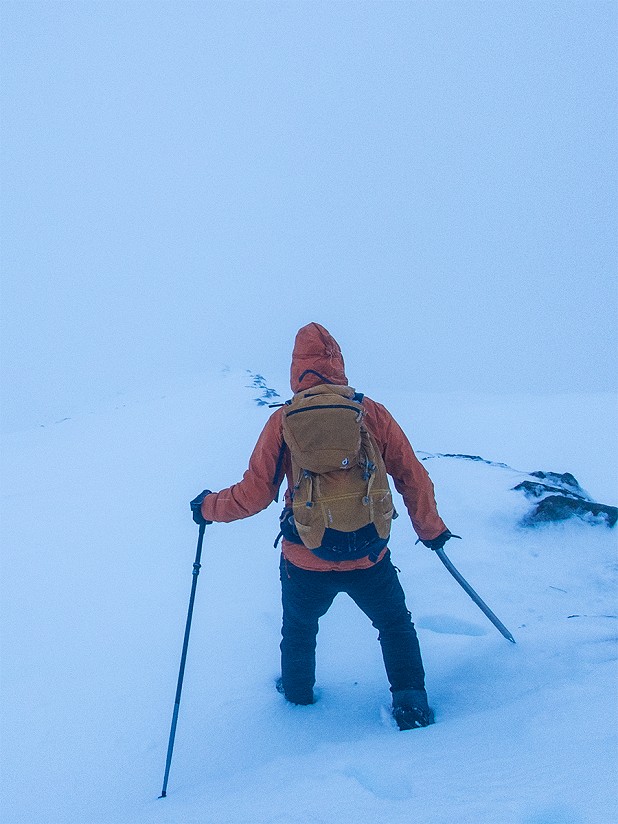
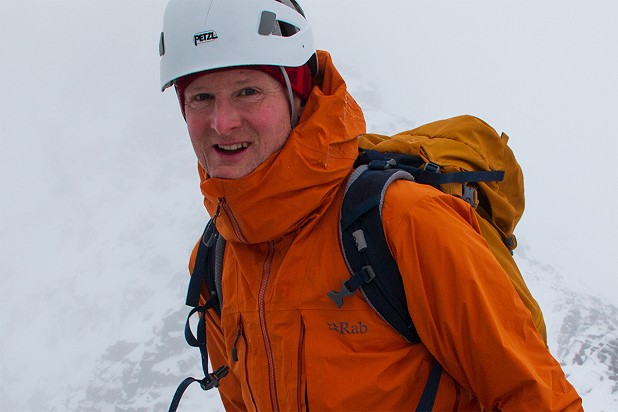
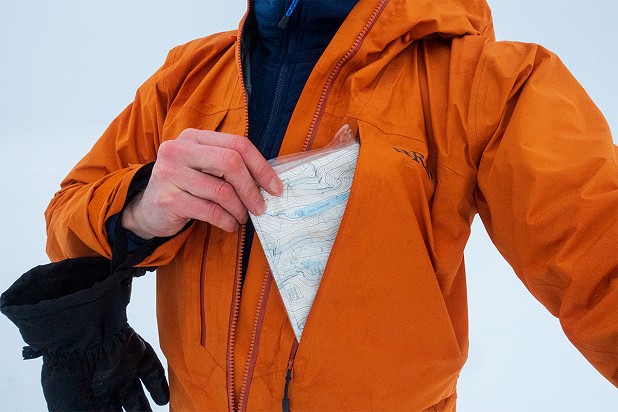
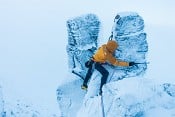




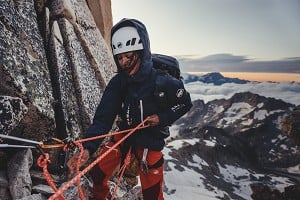
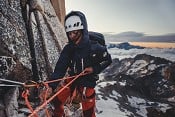
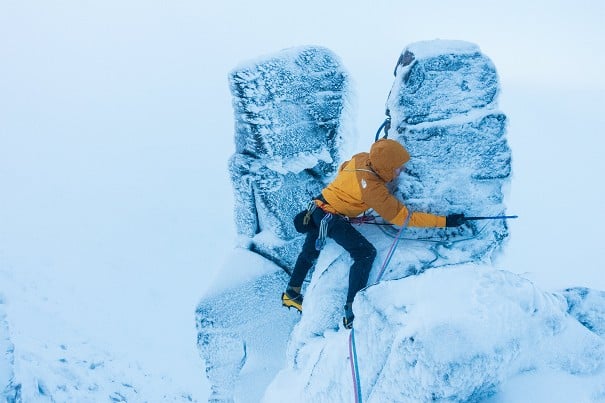


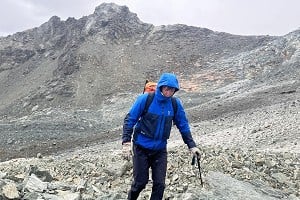
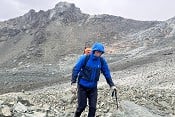




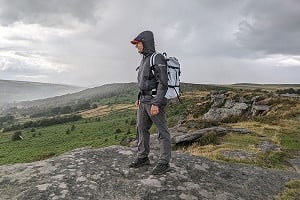





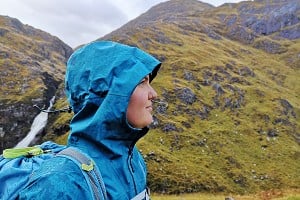
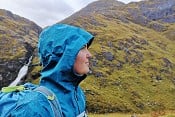



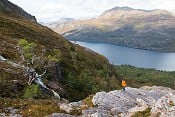



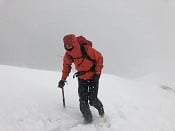

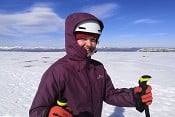




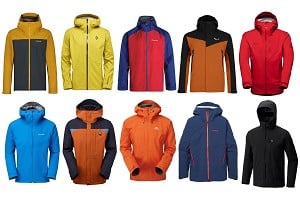
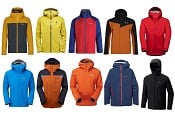
Comments